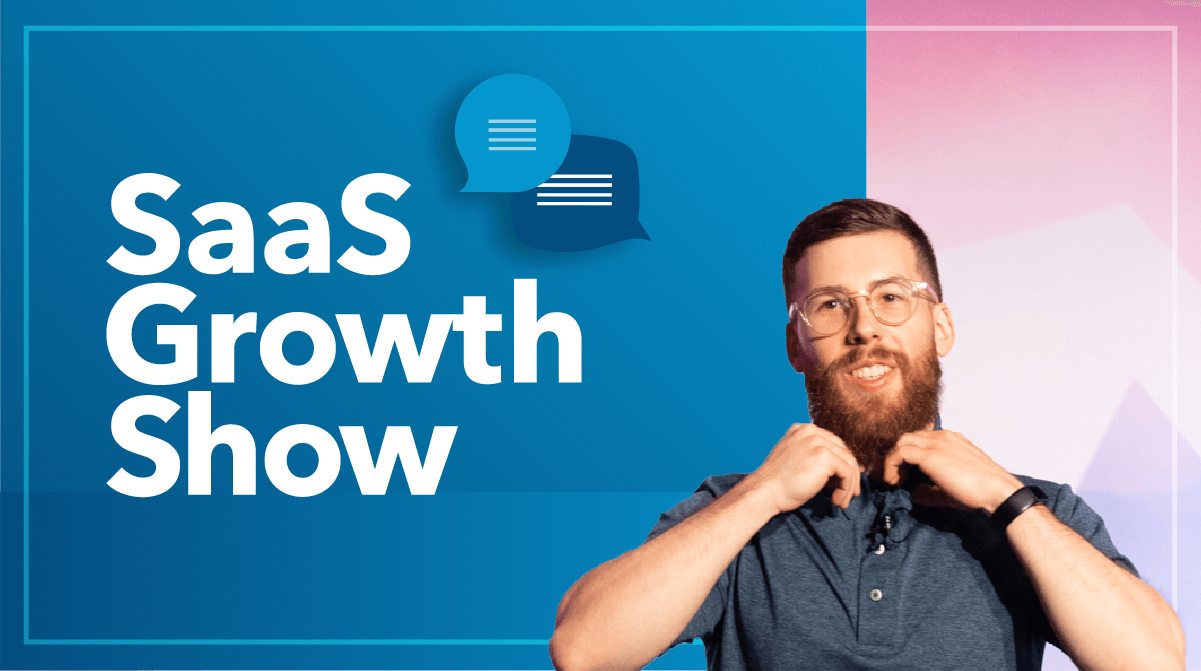The Truth About Demand Generation For SaaS
Remember when you thought creating and launching your product was the most difficult task in the world?
Now it is ready; the website is up, and you can’t figure out exactly how to get your customers to book a demo or sign up for that free trial.
Here are a few truths that you need to know if you are in the above situation:
- You’re not alone
- It is actually quite simple to create predictable and consistent demand for your SaaS
- No, it will not happen by executing hurried campaigns on all possible platforms
In this article, we want to share with you a crystal clear framework that will consistently attract leads and turn them into cash flow.
Without overwhelming you, burning your budgets and eating up valuable time you could be spending on scaling your business.
This article is based on a SaaS Academy Training that was previously only accessible to our clients but has been ungated now.
If you’d rather watch a video of the training, you can check it out here:
This SaaS Funnel™ training by Marcel Petitpas will teach you how to:
- Simplify the ideas you’ve consumed around marketing.
- Determine the right timing and action specific to your company.
- Build momentum that leads to steady cash flow.
- And effectively funnel a consistent stream of leads into your new sales funnel.
Understand that at any given moment, your goal with marketing should be to create meaningful engagement with the right audience, no matter where they are in the buyer’s journey.
The right audience: is your perfect customer.
So now, we must focus on your marketing funnel and how to guide your perfect customer through it by utilizing select communication channels.
The six stages of your funnel will look like this:
Stage 1: Awareness
Think of this as the first impression. Your audience is out there, daydreaming of a product like yours; they just don’t know you exist. Here is where they will become aware of you…
And the problems that they didn’t know they had (or knew about but did not know the solution to.)
This is done through free content on platforms like YouTube, Twitter, Instagram, etc.
Your goal at this stage should be to add so much “free value” to their lives that they bookmark your content and share it with their teams.
Stage 2: Consideration
The next stage is to make them consider how to solve their newly discovered problem.
This can be achieved by using a lead magnet.
What exactly is a lead magnet?
It’s a valuable resource that a prospect can only access if they give you their email address
By providing their information, they’re now giving you permission to market to them directly.
Think of their email address as currency; your lead magnet needs to be “worth” earning their email address.
Stage 3: Decision
The decision phase is where you start talking about your product.
Now that they’ve identified that they have a problem,
you can frame the solution in a way that presents your product as the answer to their problems.
Remember, you’re talking to them directly in their email inboxes. Be mindful of the frequency and content of your emails.
Too pushy, and they hit unsubscribe, too weak in CTAs, and they won’t be motivated to book a call with you.
Stage 4: Activation
After you’ve gotten them to opt-in for your product,
It’s now your responsibility to quickly get them to the outcome they desire through your onboarding process.
Stage 5: Expansion
Ideally, you want them to expand their product usage and spend more money with you over time.
This is done by focusing on client success and ensuring they achieve their desired outcome.
Stage 6: Promotion
You want them at a point where they’re promoting your product to other people because they’re so excited about their results.
The best way to do this is to meet and exceed their expectations and desired outcome.
This is the complete infrastructure that needs to be created in order to build meaningful relationships.
Now that you understand the funnel, you’ll need to drive attention to it.
The 4 main ways to acquire attention to your product are:
Channel 1: Paid
The first medium you can use is paying for attention through ads.
But the challenge here is that it requires capital, and it will take time before you can earn back the investment.
Although some risk is involved, figuring it out can make it a fantastic channel because of how predictable it is.
Channel 2: SEO
Another way to get prospects into our funnel is to compete for attention using SEO.
Google and Youtube are the top two search engines in the world, while there are also alternatives like Capterra and G2 Crowd.
But the questions you need to focus on are:
Where are people already going to search for answers to the questions related to your product?
And how will you compete to show up first for those keywords?
The nice thing about SEO is that you can assert your position on major keywords with high volume, providing low-cost traffic.
But on the other hand, SEO will most likely take time to get your content shown among the top results.
This means it usually takes time to earn any return on your investment from SEO.
Channel 3: Earned Media
Come up with ways of how you earn the spotlight from people who already have the attention in your market.
The objective is to get featured on a magazine, YouTube channel, podcast, etc.
The advantage of earned media is that it can be highly cost-effective and efficient to get your first dose of exposure.
It yields long-term benefits while also getting you a quick influx of leads as well.
Channel 4: Cold Outreach
This consists of old-school methods like cold calling, sending emails, contacting people on LinkedIn, etc...
The basic idea is to make direct contact with the person who you think could be a good fit for your product.
But your goal is to try and get them to engage in your content or lead magnet.
This method get’s increasingly difficult with the more anti-spam rules that emerge.
This is still an effective and valid option, considering how hard it can be.
It requires a lot of discipline and can be very expensive if you outsource it to a sales team.
Here’s precisely how you can implement this sales funnel into your own company.
- Start by choosing one channel to post your free content on.
Then focus on optimizing your funnel from the middle out.
Focus on your funnel's decision and activation stages and ensure they're running smoothly.
Then work your way to focusing on the awareness and promotion stages of the funnel.
- The next step is to pick the one channel to put your free content on that you believe will be the best for you.
Pick the best channel by figuring out which one you would be most excited about staying dedicated to for a whole year.
Now you have a powerful sales funnel that will drastically increase your lead flow and conversions.
Questions?
Send us a DM on any of the social media accounts linked at the bottom of the page, and one of our coaches from SaaS Academy will be in touch!
What you should do now
- Book a Growth Session and learn the 3 things you should do today to unblock your SaaS potential and start scaling.
- Read more articles in our blog.
- If you know someone who’d enjoy this article, share it with them via Facebook, Twitter/X, LinkedIn, or email.


